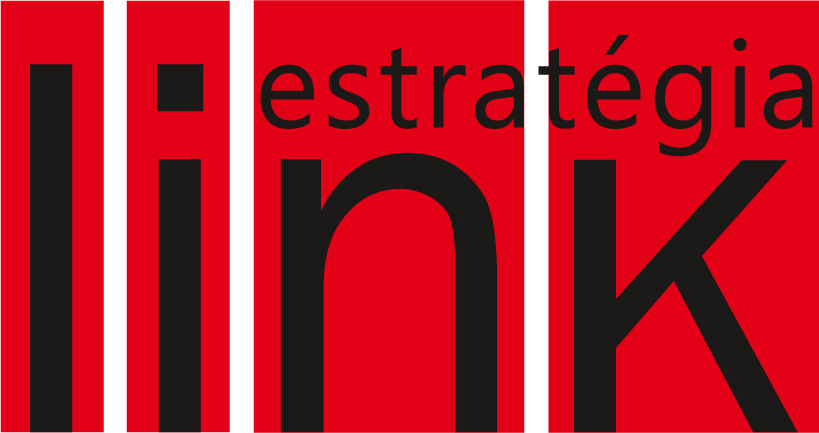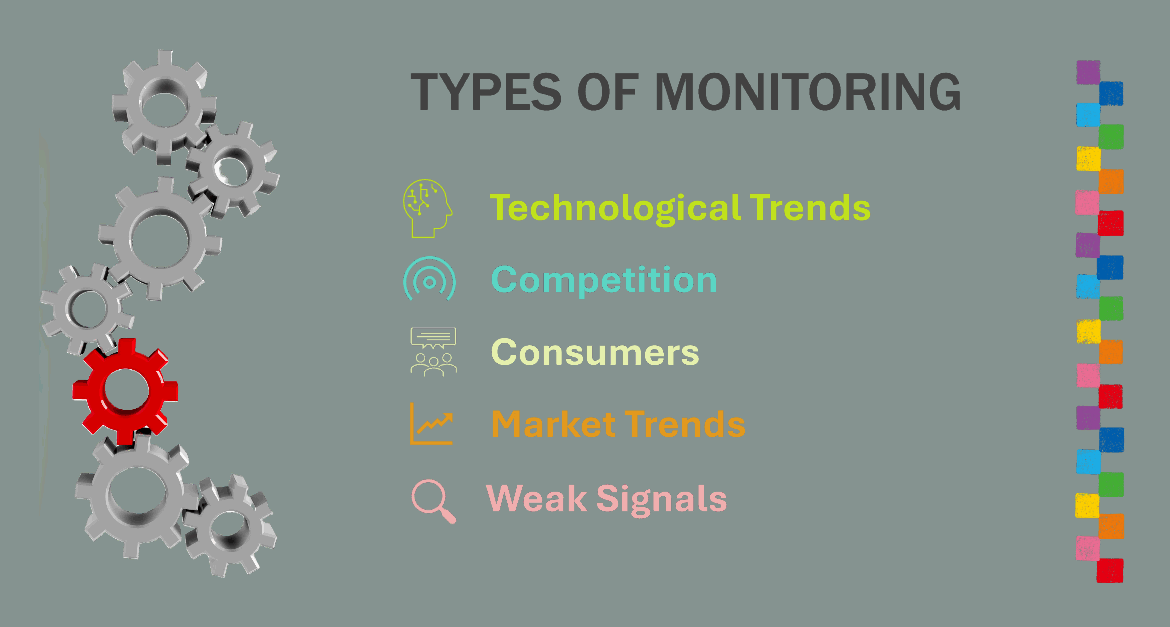One of the exercises we do before any project here at Link is to understand the information needs of each client. Conceptually, it seems like something simple to define, especially if there’s a clear problem to solve using Market and Competitive Intelligence (M&CI), such as a product launch or entering a new market. But it’s not quite that simple. When faced with the possibility of obtaining information for decision-making, leaders often act like children in candy stores and have difficulty discerning between what they NEED to know and what they WANT to know.
Perhaps you’re already familiar with the gradations of ‘need to know’ and ‘nice to know.’ And then there’s what seems important to know but doesn’t impact the decision at all. If the information or intelligence analysis doesn’t generate any possibility of action or reaction, there’s no reason to spend resources. Intelligence needs to be actionable.
That’s why is necessary a dialogue between decision-makers and intelligence professionals to understand the exact information needs and correctly guide the intelligence analysis. It’s important to know who will be making decisions, when they will decide, and what information they need to support their deliberations.
To map these M&CI requirements, we ask some questions with the goal of fostering internal debate within the company (even if among a restricted group of leaders) about how important each piece of information is and how it will impact the decision-making process.
We call the result of this exercise Intelligence Needs diagram or map. It’s a document that guides the collection and analysis teams in their efforts. It even supports the preparation of the final report, ensuring that the document delivered to the client covers all the relevant questions listed at the beginning of the process.
To build this map, we obtain information from decision-makers regarding how the intelligence will be used. It’s also important to understand aspects related to the decision-making and information usage culture within the company.
Questions for Intelligence
Needs Assessment
Question
What decision or decisions will the M&CI analyses inform?
Question
What need or problem prompted the use of M&CI?
Question
Why is it expected that these decisions will be made? What is the objective of the M&CI analyses?
Question
When do the decisions need to be made?
Question
How does the decision-making process work at the company?
Question
What kind of intelligence products does the company typically use?
Question
What kind of deliverable does the company expect (reports, data, presentations, graphs)?
Question
How will the company evaluate the success of the intelligence analyses received?
Explanation
This defines the primary and secondary scope of the M&CI project. The answers to this question will define the main Key Intelligence Questions (KIQs).
Explanation
Just like the question above, a discussion around the problem or demand helps to clarify the key questions that will form the scope of the project.
Explanation
Here, the aim is to understand the ultimate, strategic objective of a decision. For example, whether or not to launch a product might be the decision to be made at a tactical level. But the objective is usually at a strategic level, such as conquering a specific market or countering a new entrant.
Explanation
Market and Competitive Intelligence is only useful when it arrives in time for the decision and the action. That’s why it’s important to understand the time constraints involved and make this clear on the Information Needs map.
Explanation
The decision-making culture impacts the type of M&CI deliverables. Collective decisions usually require more documentation to support the intelligence analysis and recommendations than when the decision is individual. Understanding the hierarchical levels and through how many instances the intelligence analysis will pass also helps to calibrate the deliverables.
Explanation
Based on this information, it’s possible to understand what the company is used to working with and adjust expectations accordingly.
Explanation
Not every company or decision-maker is the same. Some prefer impactful slides. Others, a spreadsheet. Still others ask for transcriptions and texts outlining the information and analysis in detail. It’s necessary to adjust expectations so that the final report reflects these needs.
Explanation
Finally, it’s good to understand how the decision-making process will be evaluated and the role of the M&CI analyses in that process.
✴︎ Learn more


